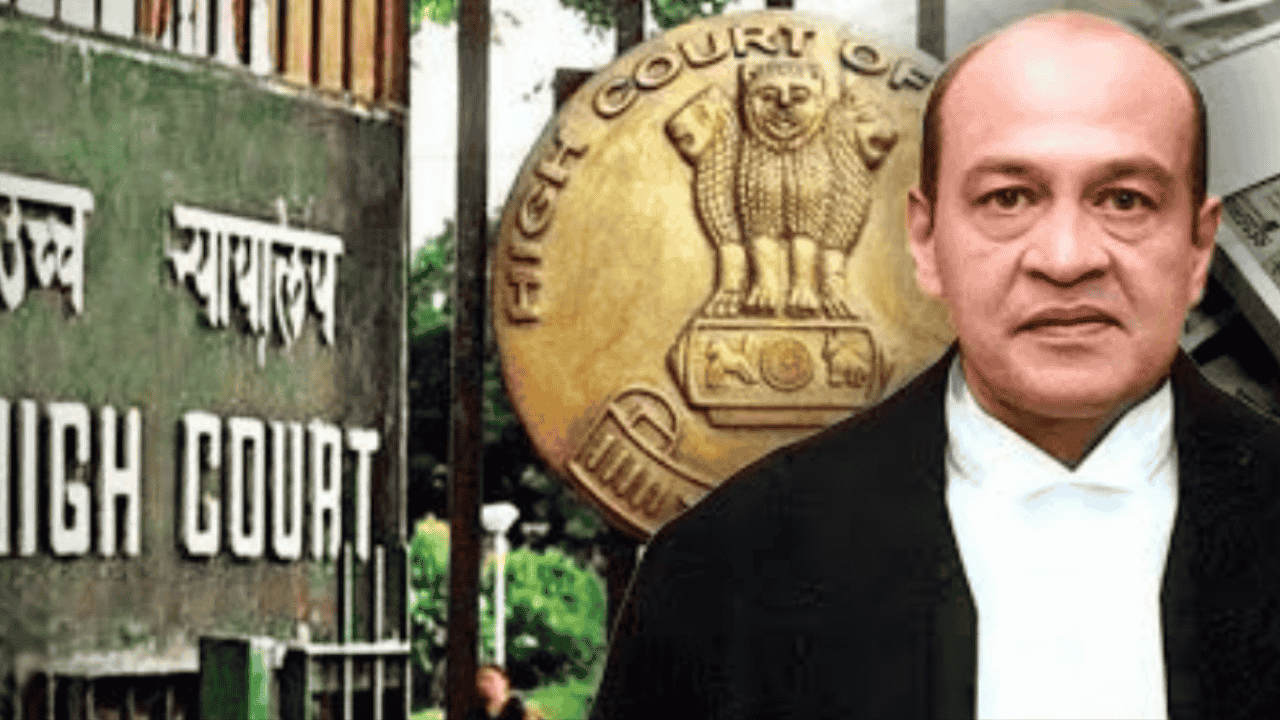Learn about the in-house inquiry initiated against Justice Yashwant Varma after cash was found during a fire incident. Explore how the Supreme Court handles judicial misconduct and why India needs a transparent judicial accountability mechanism.
🔍 Current Issue: Why is Justice Yashwant Varma Under Scrutiny?
On March 14, a fire broke out at the residence of Justice Yashwant Varma of the Delhi High Court. During fire-control operations, large piles of burnt cash were allegedly discovered in the storeroom. This led to a preliminary inquiry by the Chief Justice of Delhi High Court, who recommended a deeper investigation to the Chief Justice of India (CJI).
Following this, the CJI constituted a three-member in-house committee to examine the matter, as per Supreme Court’s established in-house procedure. Justice Varma has denied the allegations, claiming neither he nor his family were informed about any sacks of burnt currency.
Meanwhile, the judicial work of Justice Varma has been withdrawn, and he has been transferred to the Allahabad High Court, his parent institution.
⚖️ What is the In-House Procedure for Judicial Misconduct?
India follows a confidential in-house procedure to deal with complaints of judicial misconduct in the higher judiciary. This system was formalized in 1999 and made public in 2014.
👇 Step-by-step in-house inquiry process:
Complaint received by the Chief Justice of India.
CJI determines whether it is frivolous or serious.
If serious, responses are sought from:
The concerned judge, and
The Chief Justice of the respective High Court.
A three-member committee is formed:
2 Chief Justices of other High Courts,
1 High Court judge (or 3 SC judges in case of SC judge misconduct).
The committee investigates and recommends:
Whether the judge should be removed, or
Whether the issue is not serious enough for removal.
If the misconduct is deemed serious and the judge refuses to resign, the matter is escalated to the President and Prime Minister, who can initiate removal proceedings via Parliament under Article 124(4) of the Constitution.
👉 Also Read: How Judges Are Appointed in India – Collegium System Explained
🛑 Justice Yashwant Varma Inquiry Committee Members
In this specific case, the three-member committee comprises:
Chief Justice of Punjab and Haryana High Court
Chief Justice of Himachal Pradesh High Court
A judge from the Karnataka High Court
The inquiry findings will decide whether further action, including resignation, removal, or disciplinary proceedings, should be pursued.
🚨 Why No Criminal Punishment for Judges?
Despite several cases of judicial misconduct in the past, no judge in India has been criminally punished based on in-house committee findings. The lack of criminal consequences raises serious concerns about judicial accountability.
🔄 Comparison with the UK:
In the United Kingdom, a statutory and autonomous body known as the Judicial Conduct Investigations Office (JCIO) handles all complaints of judicial misconduct.
👉 India currently lacks such an independent institutional mechanism for transparent and time-bound judicial inquiry.
🏛️ Need for Judicial Reforms: Is NJAC the Answer?
The National Judicial Appointments Commission (NJAC) was proposed to replace the opaque collegium system. However, in 2015, the Supreme Court struck it down as unconstitutional, citing violation of judicial independence.
🔎 Key Issues in Collegium System:
Lack of transparency
No accountability
Closed-door decision-making
✅ Suggested Reforms:
Revive NJAC with improved checks and balances.
Include stakeholders from the legislature, bar councils, academia, and civil society.
Ensure the CJI retains veto power to uphold judicial independence.
Disclose key findings of in-house inquiries to build public trust.
📌 Conclusion: Towards a Transparent and Accountable Judiciary
The Justice Yashwant Varma case has once again highlighted the need for transparency in judicial processes. While the judiciary must remain independent, it also must be accountable. India must consider establishing an autonomous judicial oversight body, similar to global standards.
🧠 For UPSC, MPPSC, and Judicial Exam aspirants: This issue is relevant for topics under Polity, Judiciary, Ethics in Governance, and Current Affairs.
By Team Atharva Examwise #atharvaexamwise







